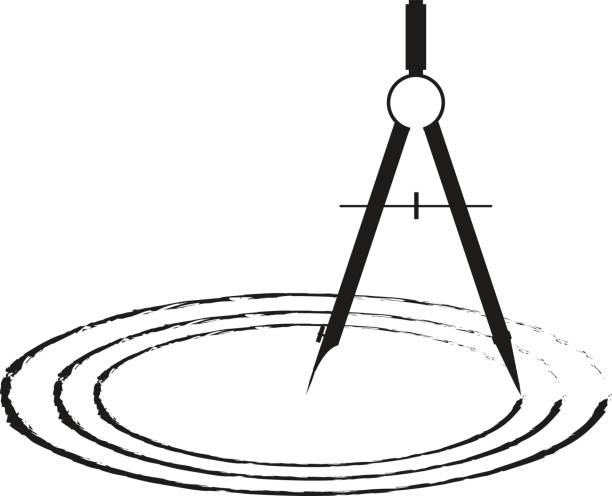The diameter of a circle is a straight line segment that passes through the center of the circle and has its endpoints on the circle.
It is essentially the longest chord of the circle. Finding the diameter of a circle involves using the radius or the circumference of the circle.
Whether you’re working on a construction project, solving mathematical problems, or simply trying out your hands on stuff, knowing how to determine the diameter is essential.
Table of contents
Read Also: How to Draw a Fairy Easy | Simple Guidelines to Initiate
What is the formula to find the diameter of a circle?
The formula to find the diameter of a circle is simply twice the radius.
In other words, if you know the radius of a circle, you can easily find the diameter by multiplying the radius by 2.
The diameter is the distance across a circle through its center, so it’s an important measurement when working with circles in geometry or engineering.
To illustrate, let’s say you have a circle with a radius of 5 units. To find the diameter, you would multiply 5 by 2 to get 10 units.
So, the diameter of this circle would be 10 units. It’s a straightforward calculation that comes in handy when dealing with circles in various applications.
Are there any online tools or apps available to help find the diameter of a shape?
Yes, there are several online tools and apps available to help find the diameter of a shape.
One popular option is the Diameter Calculator app, which allows you to input the measurements of your shape and quickly calculate its diameter.
Another useful tool is the website Online Diameter Calculator, where you can enter the dimensions of your shape and receive an instant calculation of its diameter.
These online resources can be incredibly helpful for anyone needing to find the diameter of a shape for various projects or calculations.
Read ALSO: How to Draw a Pumpkin: Artistic Tips for Autumn Illustrations
Easy to Find the Diameter of A Circle
Here are two common methods to find the diameter:
- Using the Radius:
- The radius (r) of a circle is the distance from the center to any point on the circle.
- The diameter (d) is twice the radius, so you can find the diameter by multiplying the radius by 2. d=2r
- Using the circumference:
- The circumference (C) of a circle is the distance around the circle.
- The relationship between the diameter and the circumference is given by the formula: C=π×d
- Solving for the diameter, you get: d=C/π
Example:
Let’s say you have a circle with a radius of 5 units.
- Using the Radius: d=2×5=10d=2×5=10 So, the diameter is 10 units.
- Using the Circumference: If the circumference is, let’s say, 15.7 units (rounded to one decimal place): d=15.7�≈15.73.14159≈5d=π15.7≈3.1415915.7≈5 So, the diameter is approximately 5 units.
Both methods should give you the same result, as they are equivalent ways of expressing the size of the circle.
Remember, when using these formulas, ensure that you’re using consistent units (e.g., if the radius is in meters, the diameter will be in meters as well).
Read Also: How to Draw a Fairy Easy | Simple Guidelines to Initiate
Frequently Asked Questions
Diameter is the distance across a circle, passing through its center, while radius is the distance from the center to any point on the circle.
Yes, various methods, such as using a string or a compass, can be employed to measure the diameter without a ruler.
Diameter is crucial in determining proportions and dimensions in architectural design, ensuring structural integrity.
Yes, renowned mathematicians like Euclid and Archimedes made significant contributions to circle geometry.
Errors may arise from imprecise tools, misalignment, or irregular shapes, emphasizing the need for careful measurement techniques.
Conclusion
Finding the diameter of a circle is a simple yet essential skill in various fields, from mathematics to engineering.
By using either the radius or circumference of the circle and applying the correct formula, anyone can easily calculate the diameter.
Whether you’re working on a math problem or designing a project, knowing how to find the diameter will undoubtedly come in handy.
So, next time you encounter a circle in your calculations or designs, remember these simple steps to quickly and accurately find its diameter.





